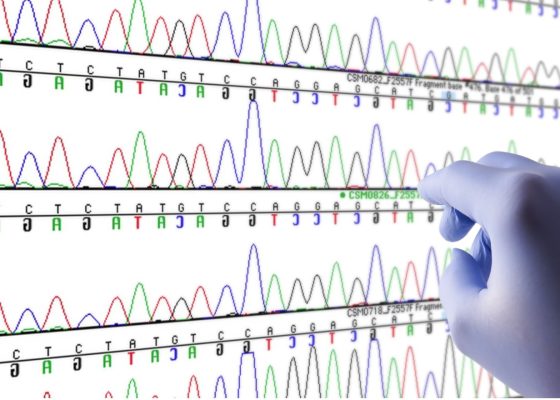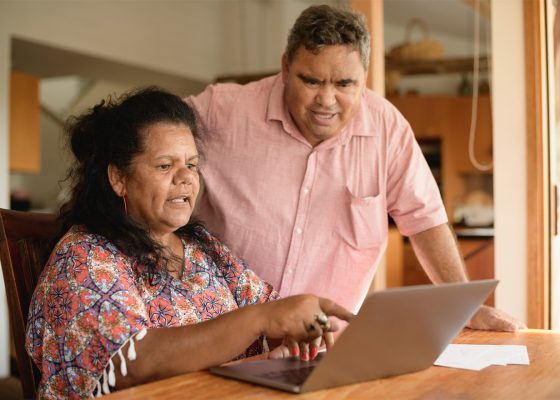ABS data from 2020-22 reveals life expectancy for Aboriginal and Torres Strait Islander populations was highest in NSW and lowest in the NT.
Indigenous Australians in major cities are dying eight years earlier than the rest of the population, while those in remote and very remote areas are dying twelve years earlier.
Recent ABS data has shown Aboriginal and Torres Strait Islander life expectancy at birth for the period 2020–2022 was 72 years for men and 76 years for women, 8 years and 7 years lower respectively than estimates for non-Indigenous Australians.
“The figures released today show differences in Aboriginal and Torres Strait Islander Australians life expectancy between cities and remote areas,” ABS head of demography Emily Walter told media.
Estimates were deliberately not compared with Closing the Gap findings from 2015-2017 since significant population increases among Indigenous Australians between the 2016 and 2021 census and improvements to the identification of Indigenous status in death records rendered comparisons inaccurate, the ABS said.
NSW had the highest life expectancy estimates for Indigenous Australians, around 74 years for men and 78 years for women, followed by Queensland with around 73 years for men and 77 years for women.
Estimates were lowest in the Northern Territory with Indigenous men expected to live to 66 years and Indigenous women to 69 years, while in WA estimates were around 69 years for men and 73 years for women.
Life expectancy estimates were lower for Indigenous Australians living in remote and very remote areas, with women expected to live 5.2 years less and men expected to live 5.3 years than those living in major cities.
According to Ms Walter, while the findings demonstrated clear discrepancies in life expectancy estimates for Aboriginal and Torres Strait Islanders, especially for those in rural and remote areas, they only provided a snapshot of Aboriginal and Torres Strait Islander health at a particular time.
“It’s important to recognise that these estimates show a point in time measure of one aspect of population health,” Ms Walter said.
“In isolation, they don’t provide a holistic understanding of the health and wellbeing experienced by Aboriginal and Torres Strait Islander Australians, and broader population outcomes.”
Data from Victoria, Tasmania, South Australia and the ACT were insufficient for separate reliable life expectancy estimates but were included in national life expectancy estimates, according to the ABS.
Estimates were deliberately not compared with Closing the Gap findings from 2015-2017 since significant population increases among Indigenous Australians between the 2016 and 2021 census and improvements to the identification of Indigenous status in death records rendered comparisons inaccurate, the ABS said.



